
views
X
Research source
If you develop a skin infection, you should take action to get rid of it before it spreads to other areas of your body or is passed to a family member or friend. Bactroban is only available in the U.S. by prescription, but can be purchased over the counter in some countries. In order for Bactroban to do its job effectively, it is important to know how to properly use it.
Using Topical Bactroban
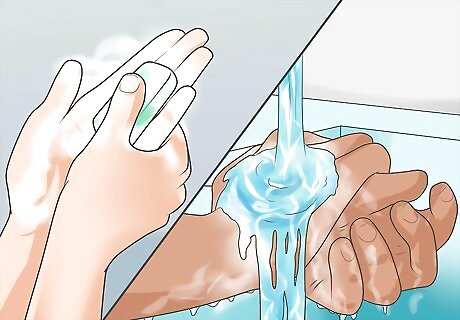
Wash your hands. Before (and after) applying Bactroban to your skin, wash your hands with warm water and soap. Make sure your hands are completely dry before applying Bactroban to your skin. Work the soap into a lather and thoroughly spread it across your hands (palms and back) and fingers. You may use any kind of soap you want, but those of the antibacterial variety are recommended. Washing your hands before applying Bactroban serves to wash away dirt and bacteria before touching your infected area; washing after application serves to get the ointment off your hands so you don't get any in your mouth or eyes.
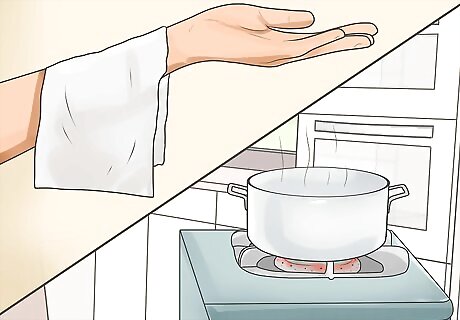
Clean the infected skin. Do this using warm water and soap, in much the same way you did for your hands. Dry the area thoroughly using a clean cloth or towel before applying Bactroban. If your infection is located in a hard-to-reach area, it may be easiest to complete this step while showering. Use a scent-free soap to wash your infected skin. Soaps with perfumes and artificial dyes can irritate your skin and may be painful if your skin infection is severe.
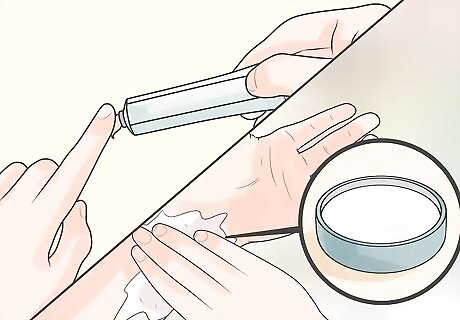
Spread Bactroban ointment onto your skin. This should be done by first squeezing a small amount out of the tube and onto your fingers or palm, then spreading it evenly across your infected skin. Typically, only a small amount of ointment is required; follow the instructions provided by your doctor or on the label. If you have impetigo, then you will need to apply Bactroban ointment twice a day for five days. You may cover it with gauze and reassess if there has not been any improvement in three to five days. If you have a bacterial skin infection, then make sure that you limit the area where you apply Bactroban. The area where you apply the Bactroban should be no bigger than the size of your palm (100cm2). Bactroban ointment won't be completely absorbed by your skin when you first apply it; you should be able to see a thin layer of the cream on your skin. You can cover the infected area with a bandage after applying Bactroban if you wish as long as it is a relatively breathable material (such as gauze).

Follow your prescription to completion. It is very important that you use the Bactroban ointment for the full period ordered by your doctor (typically around 10 days), or as advised by the package insert. If you stop using the ointment early because your infection appears to be gone, you might end up with a stronger infection that could even be resistant to antibiotics. Apply the ointment three times a day for 10 days for a bacterial skin infection. Consult your primary care provider if you see no improvement in three to five days This is a good reason not to use Bactroban without a doctor's prescription, even if you are in a country where you can get it over the counter. If you accidentally miss a dose of Bactroban, apply it as soon as you remember to do so unless it is already time for your next dose; in such a case, skip the missed dose. You should not use a double dose without your physician's approval.
Using Bactroban Nasal

Follow your doctor's instructions. Before using Bactroban nasal, make sure that you fully understand your doctor's instructions and follow them carefully. Read the label carefully, and call your doctor if you have any questions about using the medication, such as how long or how often to apply it.
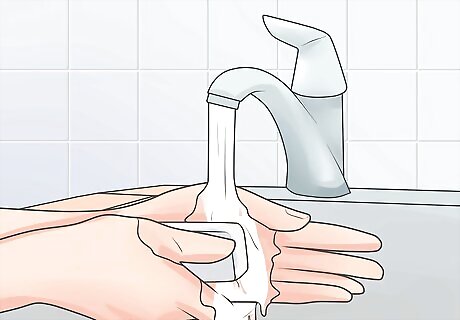
Wash your hands before and after using Bactroban nasal. It is important to make sure that your hands are clean before you begin your Bactroban Nasal application and after you apply the medicine. Wash your hands thoroughly with soap and warm water, and dry them completely before and after using Bactroban.
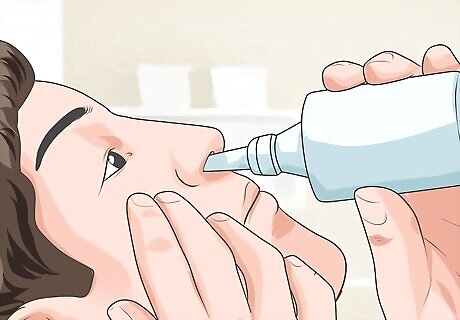
Dispense half of the single-use tube in each nostril. To begin, insert the application tube into your nostril. Then, push half of the ointment into this nostril. Then, insert the tube into the other nostril and apply the other half of the medication.
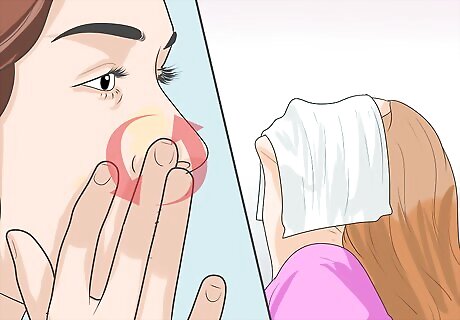
Press on your nostrils to disperse the medicine. After you have applied all of the ointment between your two nostrils, begin pressing on the sides of your nostrils in an alternating fashion. Go back and forth between pressing gently on your right and left nostrils for about one minute.

Discard the tube. After you have finished, dispose of the application tube. Do not reuse the tube. These tubes are meant for a single application of Bactroban and are not meant to be reused.
Following Up on Your Care
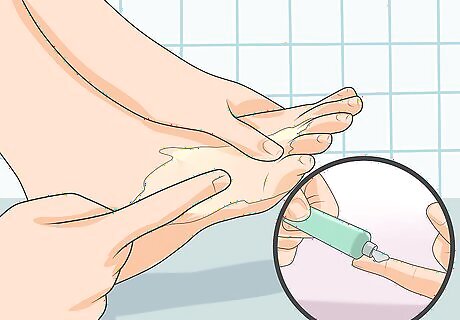
Assess your condition after three to five days. Look for physical signs of improvement in your skin condition. If you see no change in your infection or it appears to be worsening, get in touch with your doctor right away. This could be a sign that you have an infection that is resistant to Mupirocin, in which case Bactroban will not help you. Your infection probably won't be completely cleared up within three to five days of beginning Bactroban use, but there should be some visible improvement by then. Continue to use Bactroban until you can see your doctor unless it is making your infection worse.
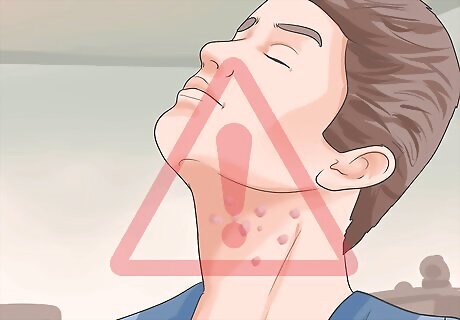
Watch out for side effects. The following are potential side effects of Bactroban use and should be monitored carefully: skin dryness, irritation, itching, burning, redness, and blistering. If you experience any of these while using Bactroban, stop using the ointment and visit your doctor so he or she can evaluate your reaction to the medication. It is possible that you could be allergic to some of the ingredients of Bactroban, in which case you should not use it. It is best to have your doctor make this determination. Additional side-effects are possible in young children, pregnant people, and the elderly. Ask a doctor about potential issues associated with these special cases. Serious side-effects that warrant immediate emergency medical attention include difficulty breathing, hives, wheezing, a severe rash, and itching or swelling of the mouth or throat.

Avoid combining Bactroban with other creams. Although Bactroban (Mupirocin) are not known to react poorly to other medicines or ointments, it is recommended that you do not use any other cream, lotion, or ointment on the same area to which you are applying Bactroban, as this could dilute Bactroban's effectiveness. If you must use Bactroban and another topical cream on the same area, try to apply them at least 30 minutes apart from one another. Using a lotion or cream on your skin could cause irritation, especially if it contains perfumes; this could make it difficult to tell whether Bactroban is helping your skin infection.

Reassess your condition. Once your prescribed period of Bactroban use has ended, keep an eye on your skin infection and make sure there are no signs of a lingering (or recurring) issue. If your infection does not appear to be fully eradicated (and you have completed your original Bactroban regimen), talk to your doctor. Do not resume using Bactroban without first clearing it with your doctor, as this could make your infection worse in certain situations (such as promoting antibiotic resistance). Wait a couple of days after finishing your prescribed run of Bactroban use before deciding that your infection hasn't cleared up.




















Comments
0 comment